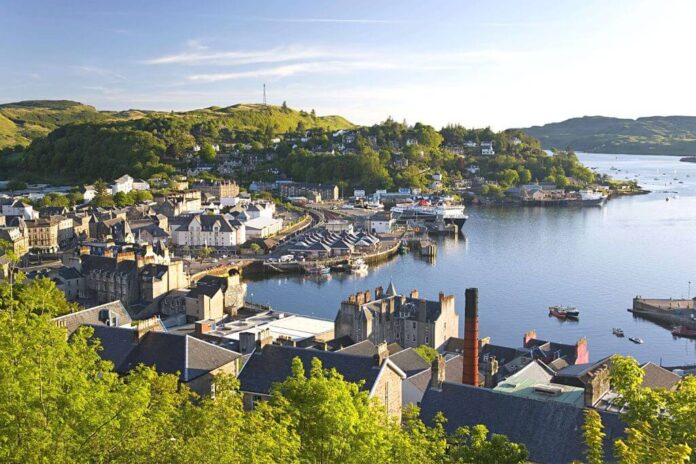On Scotland’s west coast, in a sheltered cove in the lee of the island of Kerrera, is the bustling town of Oban. This charming coastal town has been one of Scotland’s most well-liked vacation destinations since Victorian times, and it is only 49 miles (and an hour’s drive) south of Fort William. Our selection of the top things to do in Oban will help you organize your trip to this stunning area of Scotland.
1. The ascent to McCaig’s Tower
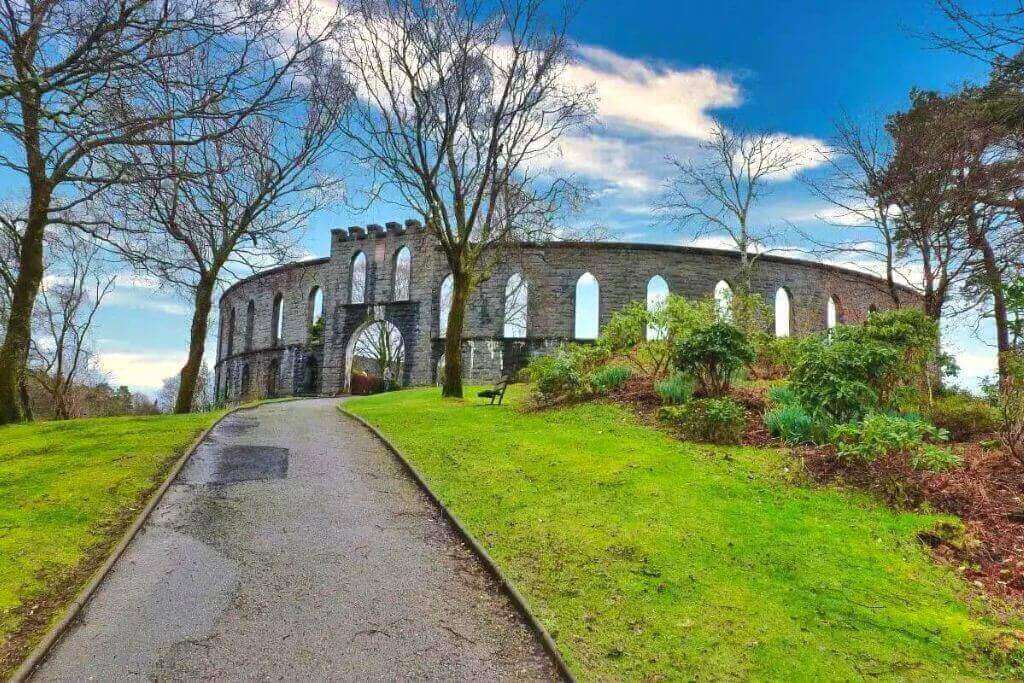
Known locally as McCaig’s Folly, McCaig’s Tower offers a good vantage point from which to observe Oban and its surroundings. The impressive building, an intriguing reinterpretation of the Colosseum in Rome, was created at Battery Hill at the end of the 19th century by rich banker John Stuart McCaig.
He stated that by using adjacent Etive’s native stone quarries, many locals would be employed profitably. The community quickly learned, though, that this foolishness was actually meant to serve as a tribute to McCaig and his family. Unfortunately, the project was abandoned after the banker passed away in 1902 because it was intended to hold a museum, an art gallery, and life-size statues of the McCaig family.
The 144 steps from the town to the gardens and the folly are well worth ascending for the breathtaking vistas and, of course, a fantastic selfie. Additionally, it has become a preferred location for wedding pictures.
2. Walk along Corran Esplanade.
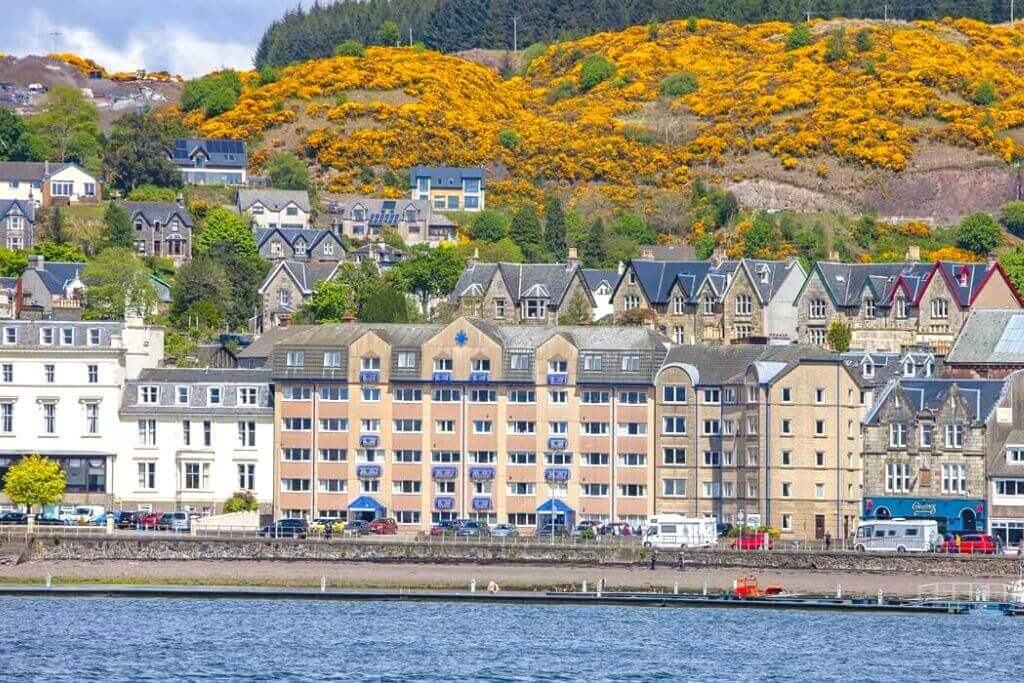
Spend some time strolling along the town’s shoreline after taking in McCaig’s Tower’s stunning views and relaxing in its lovely gardens. A stroll along Oban’s lovely Corran Esplanade is among the nicest things to do here.
Oban, which resembles the beach towns typically associated with England, flourished throughout the Victorian era as a result of the wealthy visitors who arrived at its inns and guesthouses by rail from Glasgow and other locations throughout Scotland to take advantage of its fresh air and attractive surroundings. The esplanade, which continues to be surrounded by stores, hotels, cafés, and restaurants, hasn’t changed much.
Make sure to visit the Oban War Memorial, which honours those who died in both World Wars and provides breathtaking views of the island of Kerrara. The Oban War and Peace Museum, which features exhibits and displays about the town’s history during the war, is another noteworthy attraction.
3. Visit the grounds, castle, and museum at Dunollie
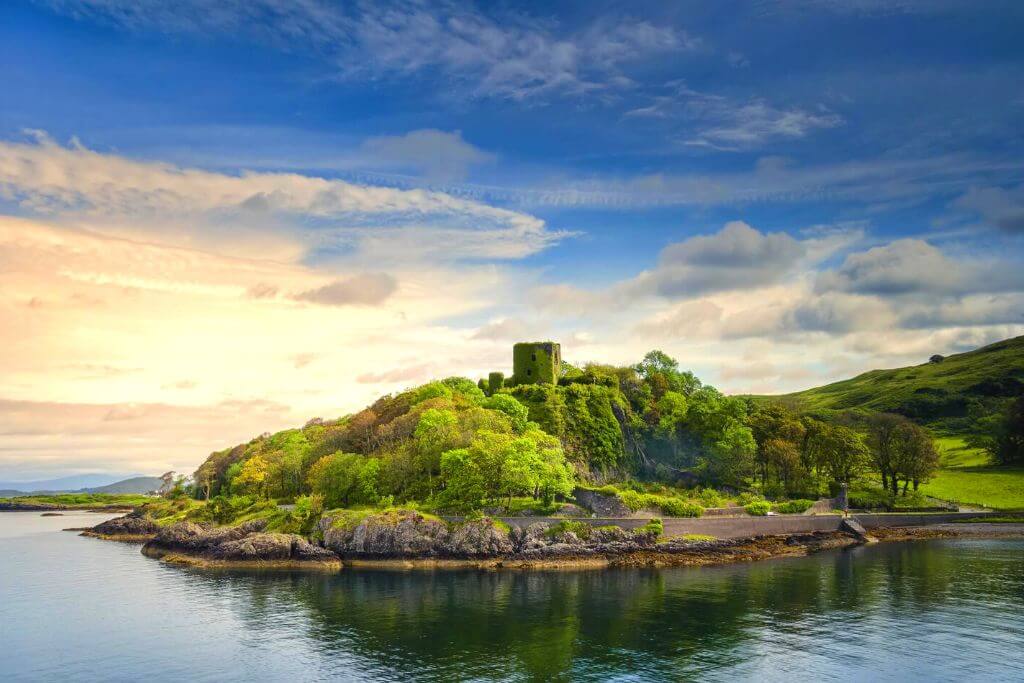
The ruins of Dunollie Castle, which are close to Oban, are fascinating to explore. Along with its breathtaking views of the island of Kerrara, the location has a fantastic museum and a lot to see and do.
Highlights of a trip to the impressive ruins include the 1745 House, which has a collection of antiques and exhibits pertaining to the MacDougall clan and the neighbourhood over the ages, in addition to seeing the 1400s-era remains.
There are daily guided tours as well as a range of interactive exhibits and seminars, including weaving demonstrations. If you go on a Sunday, you’ll get the chance to witness a local piper perform. The charming garden café at the castle is also noteworthy.
4. See the Dunstaffnage Castle and Chapel.
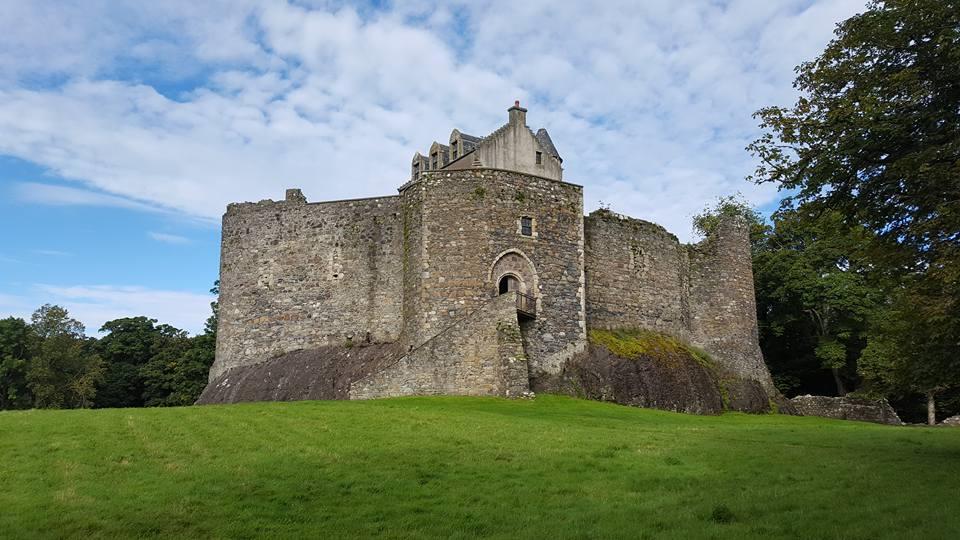
Four miles north of Oban, a rock guards the entrance to Loch Etive is Dunstaffnage Castle. The three round towers and the walls, which are among the oldest in Scotland, date from the 13th century, when the Campbell clan owned the castle. The walls are also 10 feet thick in some areas.
The cannons on the ramparts were rescued from a Spanish galleon that sank in Tobermory Bay during the Armada. The residential tower was constructed in the 17th century. A few more yards forward, the remains of a church from the 13th-century merit special attention because it is believed that numerous early Scottish monarchs and Campbell family members are interred here.
5. Check Out Castle Stalker’s Tours
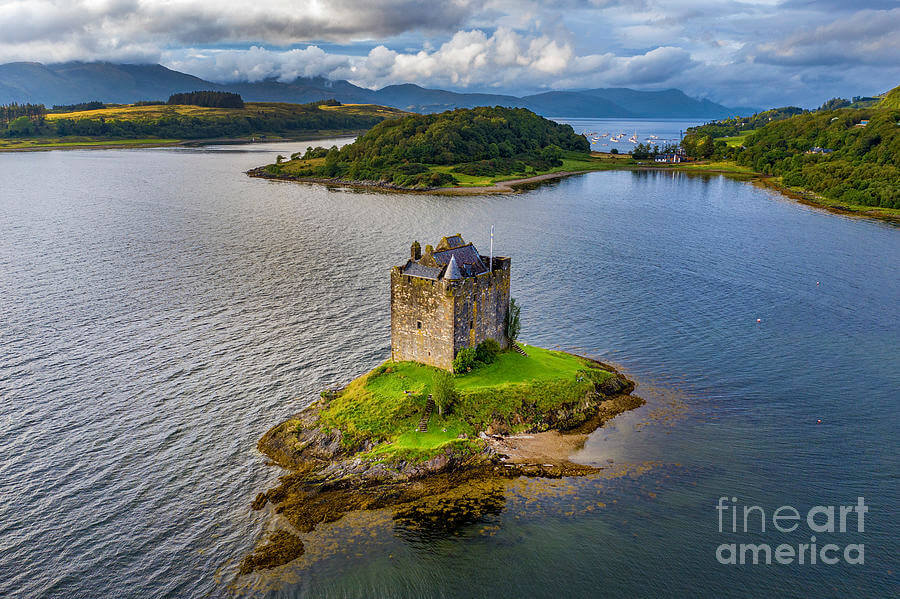
A little island in Loch Linnhe is the picturesque location for Castle Stalker, which is 25 miles north of Oban. The Stewarts of Appin built it in the 14th century as their residence. James IV later used it as a hunting lodge, hence the name, which is Gaelic for hunters. It was renovated in the 1960s. Comedy lovers are well familiar with it from its part in the legendary Monty Python and the Holy Grail film.
Every year, this tourist destination offers tours from April to September. The boat ride to the island is included in tours, which must be reserved in advance. These enjoyable daily excursions, which are given by a member of the owner’s family, should last around two hours.
6. Bonawe Iron Furnace

Between 1753 and 1876, the historic Bonawe Iron Furnace, a charcoal-fired ironworks situated on Loch Etive’s shoreline, was in operation. The furnace and surrounding structures, such as the two sizable shelters used for storing charcoal, have all been meticulously restored.
Up to 600 people originally worked at the location, primarily for the production of charcoal and wool. One of the reasons the village of Taynuilt has a Lord Nelson memorial today is that the foundry was well-known for producing cannonballs that were used in the Battle of Trafalgar just a few years before it closed.
Spend some time after your visit visiting the nearby Glen Nant National Nature Reserve. Workers cut down the trees required for the manufacturing of charcoal for the furnace in this forested area.
7. Loch Etive and Ardchattan Priory Gardens
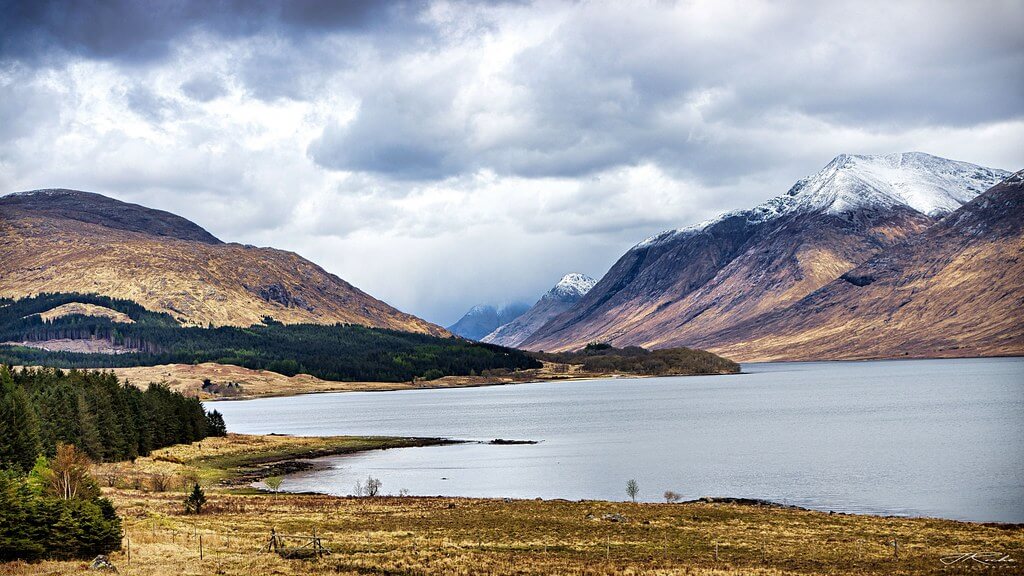
The beginning of the lonely Glen Etive is at the northernmost point of Loch Etive, which is only reachable by boat or a rough dirt road. Here, majestic golden eagles soar with wingspans as large as eight feet, and they occasionally engage in hunting.
Getting on a cruise boat like those run by Etive Boat Trips is among the best things to do on Loch Etive and one of the best ways to see the loch and take in its breathtaking natural beauty. Many enjoyable excursions are offered by these businesses.
On the north side of Loch Etive are the Ardchattan Priory Gardens, which were established in 1230 by Valliscaulian monks from the Burgundian Val des Choux. Apart from the transept’s remnants, Cromwell’s army left very few of the other structures standing. However, the adjacent garden, which dates back 700 years, has more than 200 different types of flora, including some lovely bush roses.
There are also several yew trees in this area. These trees are related to those that Robert the Bruce is said to have cut and used the branches from to make bows to fight the English.
8. Take a Loch Awe Cruise and Visit Kilchurn Castle
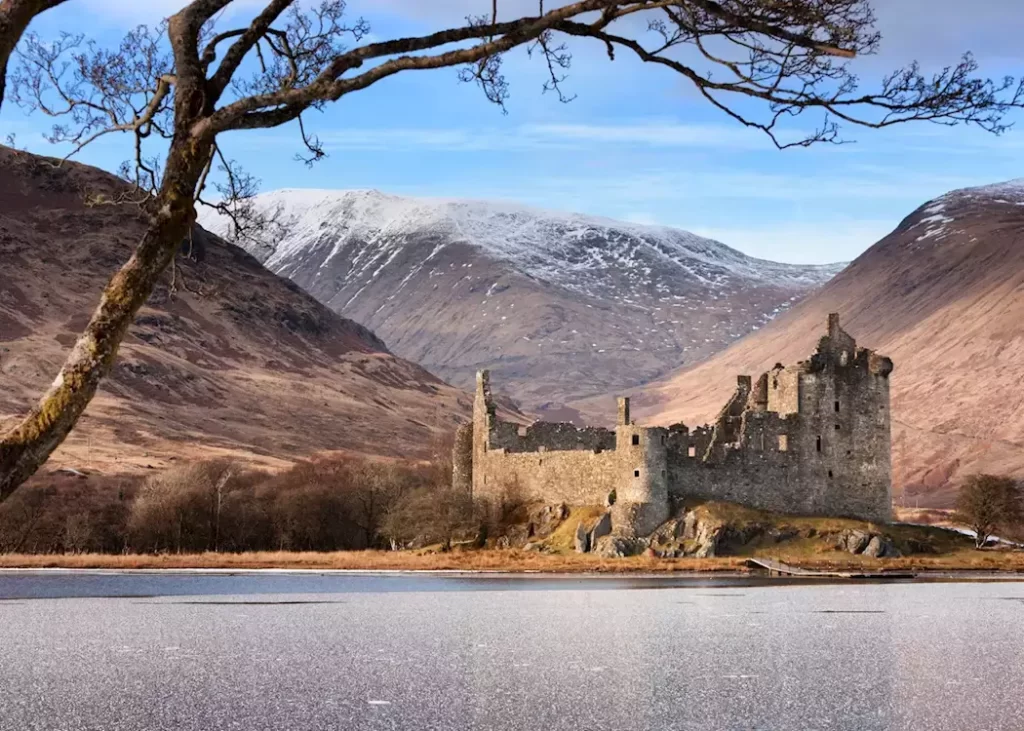
Loch Awe is a lovely lake and one of Scotland’s biggest. It offers spectacular views of a breathtaking mountain backdrop, including the magnificent twin peak of Ben Cruachan (3,693 feet), along with the Pass of Brander, the road that follows the River Awe.
One of the best things to do when visiting is to take a pleasure cruise down the loch, which is an option. The boat leaves from the pier in the village of Lochawe and travels south via a number of islands, including Priest’s Isle, which used to be a priests’ colony, and Inishail, which used to be the location of a Cistercian abbey.
At the northern end of Loch Awe, you can also visit the ruins of Kilchurn Castle, which are located in a magnificent location on a tiny peninsula. It had a tower and was kept when it was first constructed in 1440, but the first Earl of Breadalbane fortified the location with a curtain wall in 1693. Both the Harry Potter films and popular TV shows like Outlander have used the castle as their setting.
9. Visit Gylen Castle by taking a ferry to the island of Kerrera.
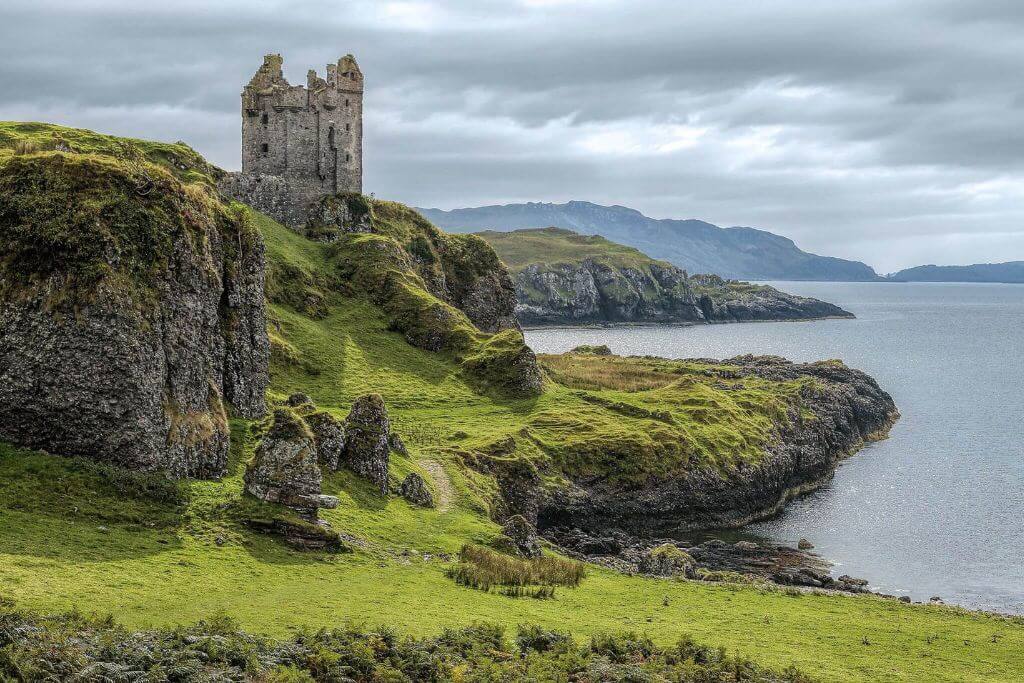
Taking the local ferry to the island of Kerrera from Gallanach, a little town south of Oban, is one of the most well-liked activities to do when in the city. The island, which has a population of only 45 people as of the most recent count, has no paved roads, and the few that it does have are actually only fit for mountain bikes, so leave the road bikes at home. As a result, the trip is quite short and only ideal for foot passengers.
However, at only four miles long and a mile wide, it is the ideal hideaway for hikers looking for a new location to discover. Kayakers are also drawn to the island due to its proximity to the mainland; they can frequently be seen circling it as they explore the shoreline.
The opportunity to tour the remnants of Gylen Castle is one of the attractions of a trip. When the castle was constructed for the governing MacDougall clan in 1582, these long-abandoned defences were already there.
The castle, which is now mostly in ruins, is reachable through a mile-long route that is simple to find after leaving the ship. Visit the island’s one restaurant, the Kerrera Tearoom, for a well-deserved cup of tea after all your climbing and touring.
10. Drive to Castle Sween and Kilmartin Church
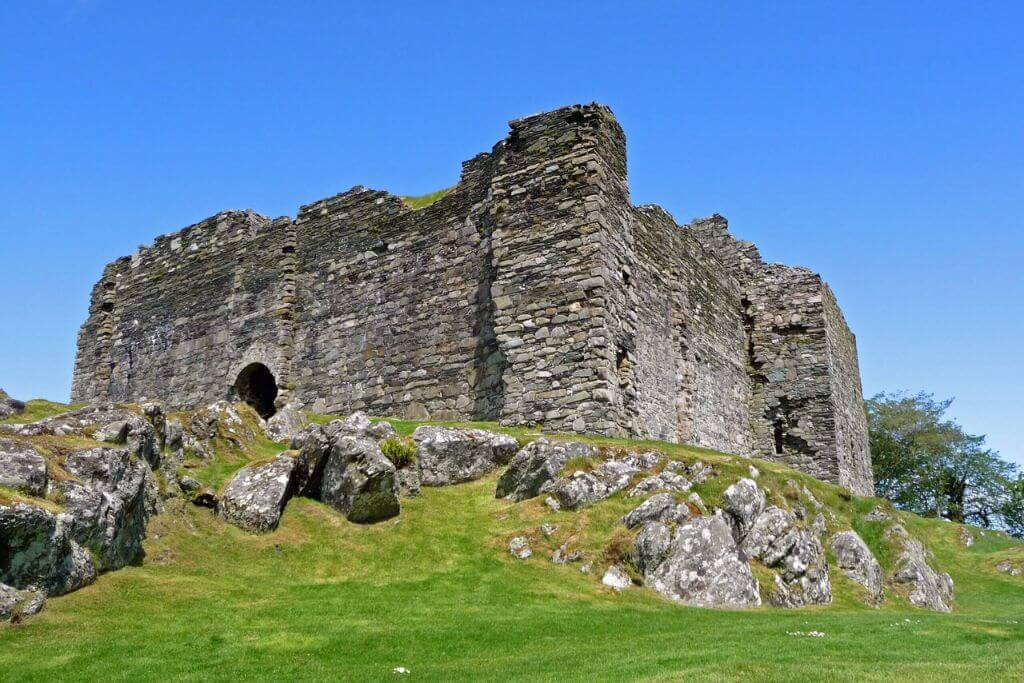
The village of Kilmartin is definitely worth a visit, even if it is a 45-minute drive south of Oban. The odd gravestones at the Kilmartin Church cemetery, the oldest of which dates to Pictish times and the most recent from the 19th century, are of particular interest. The oldest standing stone, the Nether Largie South Cairn, dates to the early Bronze Age, circa 5000 BC, and is located to the south of the tiny settlement.
Another interesting location is Castle Sween, which is believed to be the earliest stone castle on the Scottish mainland and is another 30-minute journey to the south. It was demolished in 1647 by Sir Alexander MacDonald. It was constructed in the middle of the 12th century.
St. Columba’s Cave, a rocky cavern just north of Ellary where Stone Age man formerly roamed and where St. Columba first set foot on Scottish soil (a rock altar and cross symbols attest to the presence of an early Christian church), is another site nearby. A noteworthy group of gravestones dating to the 15th century can be discovered 12 miles south of the cave, close to the remains of Kilberry Castle.
